Origami, the ancient Japanese art of paper folding, extends far beyond the creation of intricate paper sculptures it’s a potential gateway to stimulating the right brain.
As we delve into this exploration, we unravel the traditional concepts of brain lateralization and ponder the cognitive intricacies at play.
The right brain, often associated with spatial awareness, intuition, and creativity, finds itself intricately engaged in the folds and creases of origami.
In this journey, we uncover the ways in which this meditative craft challenges the mind, fostering not just the formation of delicate paper structures but a holistic cognitive experience.
Let’s unfold the layers and discover how origami might indeed be a key to unlocking the realms of the right brain.
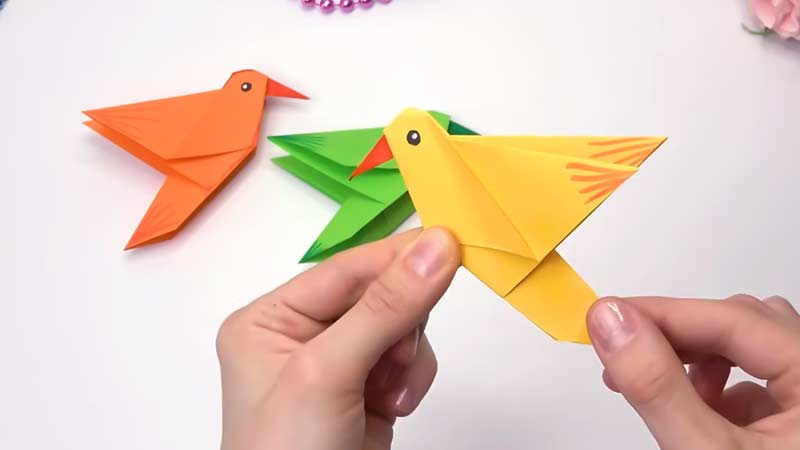
What Is the Right Brain?
The right brain, part of the cerebral hemisphere, is traditionally associated with holistic and creative functions.
Responsible for spatial awareness, imagination, intuition, and emotional processing, the right brain processes information non-linearly and parallelly. It plays a key role in tasks such as art, music, and recognizing patterns.
While contemporary neuroscience challenges the strict left-brain/right-brain dichotomy, understanding the right brain’s functions provides insight into aspects of cognition, creativity, and emotional expression, contributing to a more nuanced comprehension of the brain’s complexity.
Does Origami Stimulate the Right Brain?
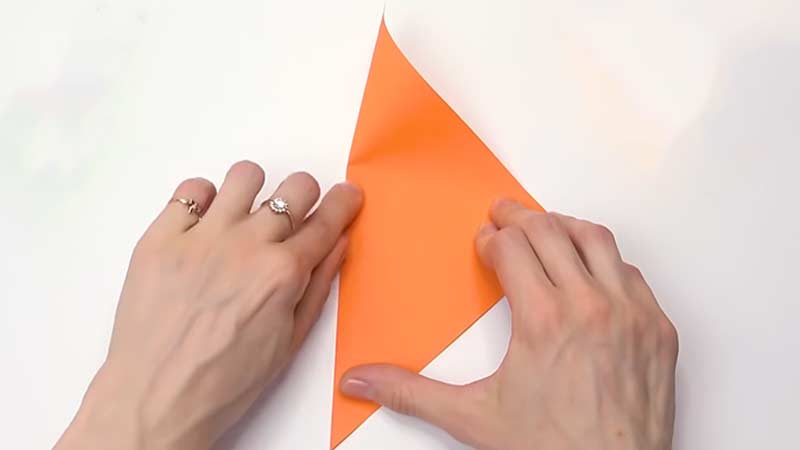
Origami engages cognitive processes traditionally associated with the right brain, fostering creativity, spatial awareness, and emotional expression.
As individuals fold paper, they enhance spatial reasoning, visual-spatial skills, and imaginative thinking, tapping into the right hemisphere’s strengths.
The intricate and sequential steps in origami encourage holistic problem-solving, stimulating intuition and artistic expression.
The activity’s calming nature contributes to stress reduction, aligning with the right brain’s role in emotional well-being.
While the left-right brain division is oversimplified, origami offers a multidimensional cognitive experience, emphasizing the integration of creativity, spatial intelligence, and emotional engagement associated with the right hemisphere.
How Does Origami Stimulate the Right Brain?
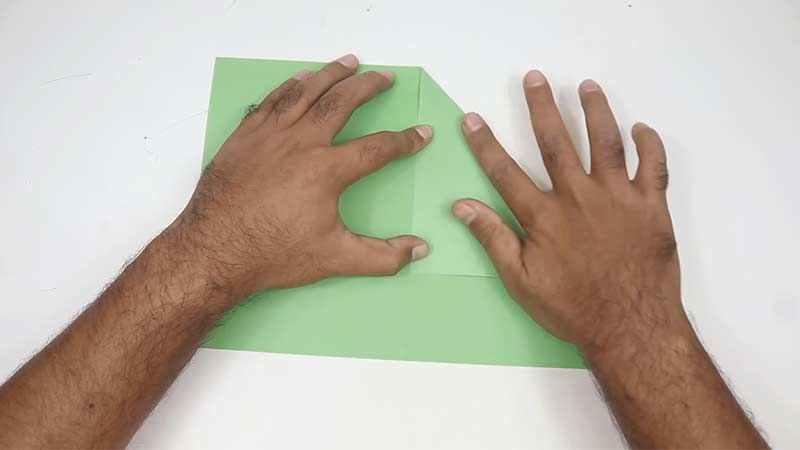
Origami stimulates the right brain through various cognitive processes and skills associated with creativity, spatial awareness, and holistic thinking.
Here’s how the practice of origami engages and stimulates the right hemisphere of the brain:
Spatial Visualization
Origami involves mentally visualizing a two-dimensional sheet of paper transforming into a three-dimensional object. This spatial manipulation engages the right brain’s spatial awareness and visualization skills.
Creativity and Imagination
Designing or following origami patterns requires creative thinking and imaginative exploration, stimulating the right hemisphere’s creative processes.
Intuitive Decision-Making
Making decisions about folds, patterns, and adjustments often involves intuitive judgments, a cognitive process associated with the right brain.
Emotional Expression
Origami creations can convey emotions through colours, shapes, and symbolic designs. This taps into the emotional and creative aspects typically attributed to the right hemisphere.
Holistic Processing
Origami encourages a holistic approach to problem-solving and design, as each fold contributes to the overall structure. This aligns with the holistic thinking associated with the right brain.
Sequential Processing with a Visual Twist
While origami involves following a sequence of steps, the visual and non-linear nature of the process engages the right brain’s ability to process information in a parallel and non-verbal manner.
Fine Motor Skills
The precise and intricate folding in origami engages fine motor skills associated with brain regions involved in motor control, potentially connecting with the right hemisphere.
Relaxation and Stress Reduction
Engaging in the focused and repetitive activity of origami can induce a meditative state, promoting relaxation and reducing stress. Stress reduction positively impacts the emotional and creative aspects of the right brain.
Mindfulness
The concentration required during origami fosters a mindful state, directing attention to the present moment and promoting a more holistic cognitive experience.
8 Origami Patterns Best Unlock Right-Brain Creativity
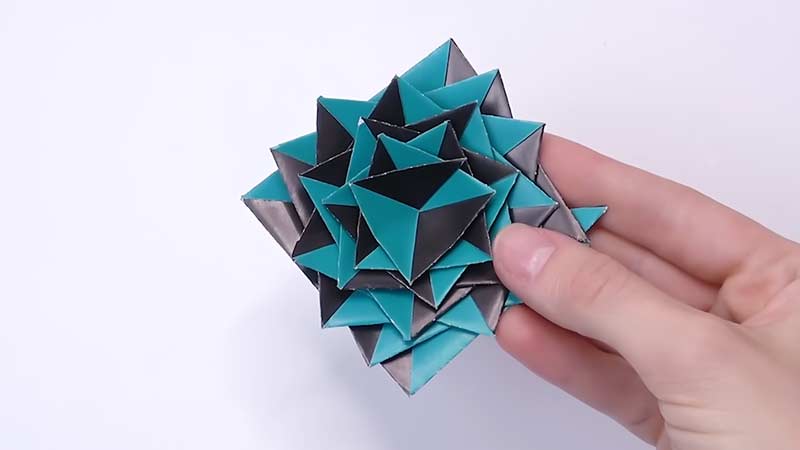
Certain origami patterns can be particularly effective in unlocking right-brain creativity. These patterns often involve intricate folds, creative design elements, and the potential for personal expression.
Here are some origami patterns that can stimulate right-brain creativity:
1. Complex Animals
Creating detailed animal figures allows for imaginative expression. Animals like dragons, butterflies, or mythical creatures provide opportunities for creative interpretation.
2. Floral Designs
Origami flowers, such as roses or orchids, balance precision and creativity. Experimenting with colour choices and petal arrangements allows for artistic expression.
3. Modular Origami
Constructing intricate structures from multiple folded units, such as kusudamas or intricate polyhedra, encourages spatial thinking and creative exploration.
4. Freeform Origami
Going beyond traditional patterns, freeform origami involves creating without set instructions. This allows for unlimited creativity and self-expression.
5. Storybook Characters
Origami representations of characters from stories or mythology provide an outlet for narrative creativity. Personalizing characters fosters imaginative thinking.
6. Abstract Geometric Shapes
Constructing abstract geometric forms challenges the mind and encourages creative interpretation. It’s an opportunity to explore symmetry, asymmetry, and unique shapes.
7. Origami Tessellations
Tessellation patterns involve repeating geometric shapes to create intricate designs. This engages spatial thinking and allows for creative variations in the arrangement of shapes.
8. 3D Origami Sculptures
Crafting three-dimensional sculptures, such as origami cranes or complex origami figures, provides a canvas for creativity. Experimenting with poses, expressions, or additional embellishments enhances personalization.
Are There Any Research Studies on the Effects of Origami on the Brain?
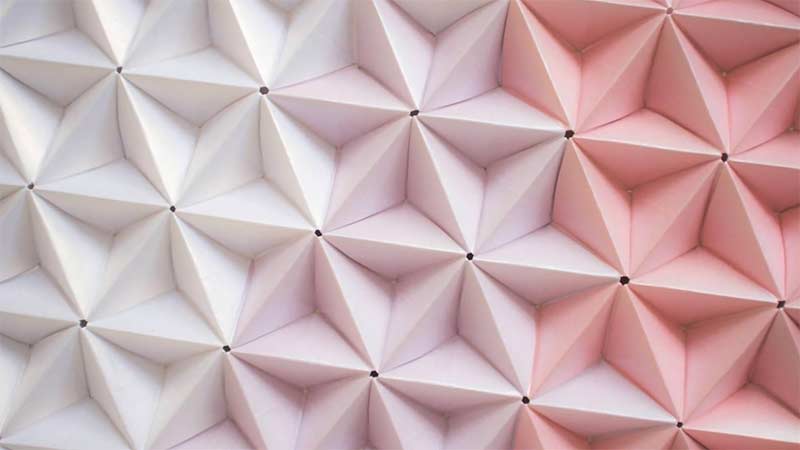
Research on the cognitive effects of origami is limited but emerging. A study published in the “Journal of Cognitive Enhancement” found that regular origami practice correlated with improved visuospatial abilities, including enhanced spatial perception and cognitive flexibility.
While more research is needed, this suggests that engaging in origami may have positive impacts on certain cognitive functions.
As the field evolves, further studies may provide deeper insights into how origami influences the brain’s cognitive processes and overall well-being.
Can Origami Be Used for Cognitive Stimulation?
Yes, origami can be effectively used for cognitive stimulation. Engaging in origami activities involves various cognitive processes, including spatial perception, visual-spatial memory, and problem-solving.
The intricate folding and manipulation of paper stimulate the brain, enhancing fine motor skills, hand-eye coordination, and mental concentration.
Additionally, the creative aspect of origami encourages imaginative thinking and boosts overall cognitive flexibility.
Whether practised for leisure or as an educational tool, origami offers a multifaceted approach to cognitive engagement, making it a valuable and enjoyable activity for stimulating various aspects of cognitive function.
FAQs
Is origami a good brain exercise?
Yes, origami is an excellent brain exercise. It enhances spatial awareness, fine motor skills, and creativity, promoting cognitive stimulation and well-being.
Can origami be beneficial for cognitive development in children?
Yes, engaging children in origami can positively impact cognitive development. It enhances fine motor skills and spatial reasoning and encourages creative thinking.
How does origami compare to other creative activities for brain stimulation?
Origami uniquely combines spatial reasoning, creativity, and fine motor skills, offering a comprehensive cognitive workout. It stands out as a hands-on, visual activity.
Can origami help reduce stress and promote overall well-being?
Yes, engaging in origami can be a relaxing and meditative experience, reducing stress and contributing to emotional well-being.
How often should one practice origami for noticeable cognitive effects?
Regular practice, even in short sessions, can yield cognitive benefits. Consistency is key to improving spatial awareness, creativity, and problem-solving skills.
To Recap
The intricate art of origami transcends the realm of paper folding to offer a holistic cognitive experience, potentially stimulating the often-associated attributes of the right brain.
As we’ve explored the spatial awareness, creativity, and emotional engagement required in this ancient practice, it becomes evident that origami is more than a mere craft it’s a mindful journey that invites the mind to traverse the delicate folds of imagination.
Whether embracing the challenge of complex designs or finding solace in the simplicity of basic folds, origami beckons individuals to discover the balance and integration of cognitive functions.
It stands not only as an art form but as a doorway to a more creatively awakened and harmoniously engaged mind.
Leave a Reply